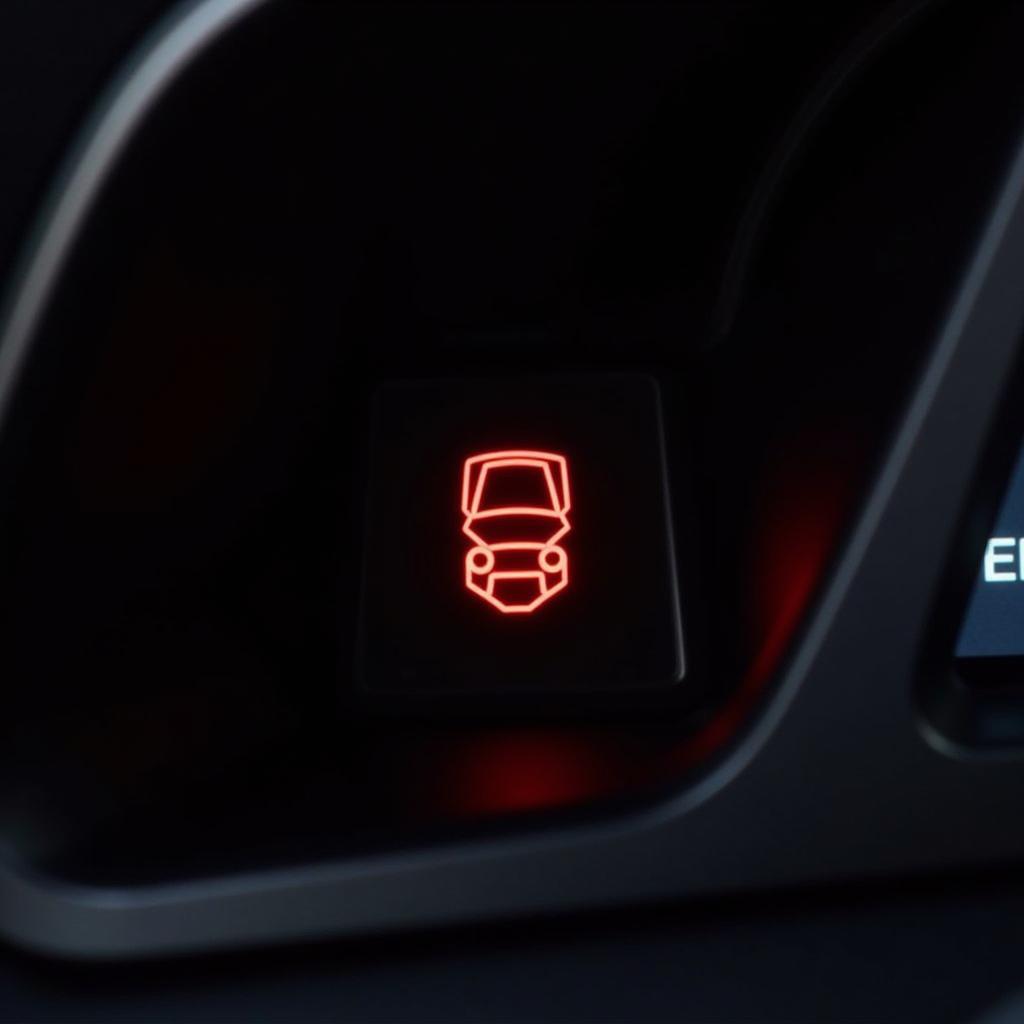A dead battery in your Suzuki Swift can be incredibly frustrating. This comprehensive guide dives deep into the common causes of Suzuki Swift battery drain, offering practical troubleshooting steps and solutions, whether you’re a DIY enthusiast or prefer professional assistance.
Understanding Why Your Suzuki Swift Battery is Draining
Several factors can contribute to a Suzuki Swift battery drain, ranging from simple user errors to more complex electrical issues. Identifying the root cause is crucial for effective and lasting solutions.
Common Culprits Behind Suzuki Swift Battery Drain
- Parasitic Draw: This occurs when electrical components continue to draw power even when the car is off. Common culprits include interior lights, faulty door switches, or aftermarket accessories.
- Faulty Alternator: The alternator recharges the battery while the engine is running. A malfunctioning alternator won’t charge the battery properly, leading to eventual drainage.
- Old Battery: Batteries have a limited lifespan. An aging battery may not hold a charge effectively, resulting in frequent drains.
- Extreme Temperatures: Both extreme heat and cold can impact battery performance and lifespan, potentially leading to faster drainage.
- Short Trips: Short trips don’t allow enough time for the alternator to fully recharge the battery, contributing to gradual drainage over time.
Troubleshooting Your Suzuki Swift Battery Drain
Before rushing to replace your battery, some simple troubleshooting steps can help pinpoint the issue.
Simple Checks to Perform Yourself
- Check the Lights: Ensure all interior and exterior lights are turned off when the car is parked. A single dome light left on can drain your battery overnight.
- Inspect the Battery Terminals: Look for any corrosion or loose connections on the battery terminals. Clean the terminals with a wire brush and baking soda solution if necessary.
- Test the Alternator: A simple multimeter test can determine if your alternator is charging correctly. If the voltage reading is low, the alternator may need replacement.
When to Seek Professional Help
If the basic checks don’t reveal the problem, it’s time to consult a qualified technician. They have the specialized tools and knowledge to diagnose more complex electrical issues.
“Often, a seemingly simple battery drain can be traced back to a complex electrical fault,” says John Smith, Senior Automotive Electrical Technician at Smith Automotive Solutions. “Professional diagnostic tools are essential for accurately identifying and resolving these issues.”
Preventing Future Battery Drain Issues
Once the current problem is solved, proactive measures can help prevent future battery drain incidents.
Tips for Maintaining a Healthy Battery
- Regularly Clean the Battery Terminals: Keeping the terminals clean and free of corrosion ensures a good connection and optimal charging.
- Limit Short Trips: If possible, combine short trips or allow the car to run for a longer period to fully recharge the battery.
- Park in a Garage: Protecting your car from extreme temperatures can prolong battery life.
- Consider a Battery Maintainer: For cars that sit unused for extended periods, a battery maintainer can help prevent drainage.
Conclusion
Addressing a Suzuki Swift battery drain requires a systematic approach, starting with basic troubleshooting and potentially moving to professional diagnostics. By understanding the potential causes and implementing preventative measures, you can keep your Swift running smoothly and avoid the frustration of a dead battery. Regular maintenance and proactive care are key to a long-lasting and reliable battery.
“Investing in preventative maintenance, like regular battery checks, can save you time and money in the long run,” adds John Smith. “It’s always better to address potential issues before they escalate into major problems.”
FAQ
- How long does a Suzuki Swift battery typically last? A typical car battery lasts between 3-5 years, although various factors can influence its lifespan.
- Can I jump-start a Suzuki Swift with a dead battery? Yes, you can jump-start a Suzuki Swift, but it’s crucial to follow the correct procedure to avoid damage.
- What are the signs of a failing alternator? Dim headlights, flickering interior lights, and a warning light on the dashboard are common signs of a failing alternator.
- How can I test my Suzuki Swift battery? You can test the battery voltage using a multimeter or take it to an auto parts store for testing.
- Is it safe to drive with a draining battery? Driving with a draining battery can lead to the car stalling, so it’s best to address the issue promptly.
- How much does a new Suzuki Swift battery cost? The cost of a new battery varies depending on the type and brand, but you can expect to pay between $50 and $200.
- Can I replace the battery myself? While it’s possible to replace the battery yourself, it’s recommended to consult your owner’s manual or seek professional help if you’re unsure.

